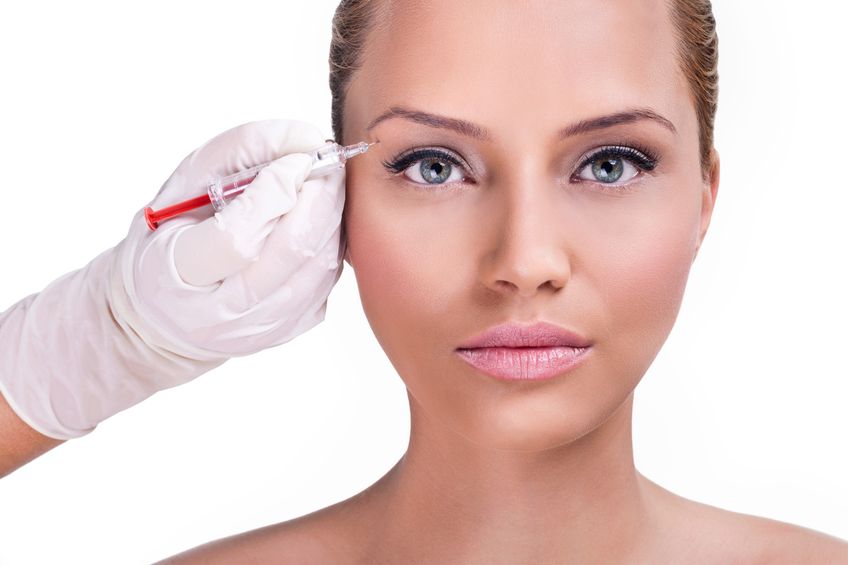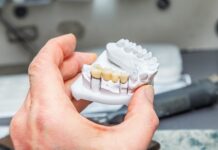
Injectable anti-ageing treatments are fast and fitting ways to have a more youthful look without opting for surgery. As with every medical procedure, these have their pros and cons so here is what you need to know.
Fillers
Injectable fillers fill the crease, line or area with several different substances. They also give more volume to some facial features by lifting cheeks and jawlines or filling out thin lips. Basically, there are four types of injectable fillers:
- hyaluronic acid fillers are the most popular ones, with results lasting from several months to over a year or two;
- synthetic fillers are a smaller group, consisting of lab-made substances. These have a longer-lasting effect, offering permanent results in some cases.
- collagen fillers, which offer shorter lasting results compared to other fillers but have a more natural look;
- autologous fillers, mostly known as fat transfers, offer results lasting from 12-18 months to semi-permanent.
Treatment is rather easy and quick, but it has some drawbacks. Risk of allergic reaction is the most common, along with infection and bruising. Formation of tiny bumps under the skin is also an issue, particularly in cases when bumps become permanent.
Anti-wrinkle injections
Derived from botulinum toxin and commonly referred to as Botox, anti-wrinkle injections are probably the most popular cosmetic treatment today. These injections relax the muscle under a wrinkle, then tighten and smooth it out, resulting in a natural, rejuvenated look. Anti-wrinkle injections are a simple, non-surgical procedure focusing on the upper part of the face and around the eyes. The results normally last for three to four months, after which repeat treatments may be required.
Botox
As Botox is by far the most popular injection treatment, it deserves a separate category. There are a number of reasons that make Botox the go-to treatment for many.
First of all, it’s a prescription-only drug, meaning it is FDA approved. Thus, increasing number of non-medical professionals inject it under appropriate supervision of a doctor. Secondly, it is rather affordable to a wide array of people and has use in non-cosmetic medical conditions. Another great advantage of Botox is its lack of pain. Overall, the main inconvenience felt is the sensation of the needle, which is only mild and short-lived. Possible side effects are usually temporary and rare. These include temporary drooping of the eyelid or eyebrow, bruising and minor swelling at the site of injection.
Because it is quite effective, there is a growing use of Botox among young people as a preventive method. The idea is that injecting Botox early before wrinkles are made stops them from ever appearing. So far, there isn’t any data to confirm this trend and medical experts urge against it.
Most anti-ageing injectable treatments provide fast results with minimum risk during and after procedure. However, there are certain risks so be sure to choose a qualified medical professional. Always do your research – consult before committing, calculate the overall cost of additional treatments and give yourself enough time to think this through.
Find a Home-Based Business to Start-Up >>> Hundreds of Business Listings.
















































